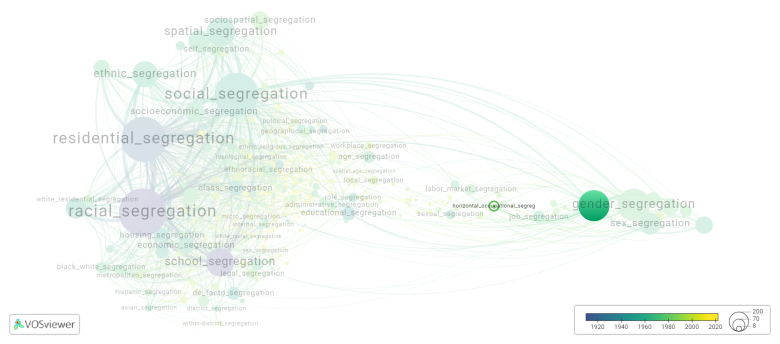Horizontal occupational segregation
Date and country of first publication[1]
1990
United Kingdom
Definition
Horizontal occupational segregation refers to the separation of men and women into different types of jobs within an organization or industry. This type of segregation occurs when men and women are disproportionately represented in certain types of roles based on their gender. For example, women may be more likely to work in administrative roles or in the caring professions, while men may be more likely to work in technical or managerial roles.
Horizontal occupational segregation can lead to unequal opportunities for career advancement, lower pay for women, and perpetuate gender stereotypes in the workforce. Efforts to address horizontal occupational segregation include promoting diversity and equality in hiring practices, providing training and development opportunities to break down gender stereotypes, and implementing policies to encourage gender balance in all types of roles within an organization.
See also
Related segregation forms
Horizontal occupational segregation is frequently discussed in the literature with the following segregation forms:
occupational segregation, gender segregation, horizontal segregation

This visualization is based on the study The Multidisciplinary Landscape of Segregation Research.
For the complete network of interrelated segregation forms, please refer to:
References
Notes
- ↑ Date and country of first publication as informed by the Scopus database (December 2023).
Horizontal occupational segregation appears in the following literature
Siltanen J. (199). Social Change and the Measurement of Occupational Segregation by Sex: An Assessment of the Sex Ratio Index. Work Employment & Society, 4(1), 1-29. https://doi.org/10.1177/0950017090004001002
Newell A., Reilly B. (1996). The gender wage gap in Russia: Some empirical evidence. Labour Economics, 3(3), 337-356. https://doi.org/10.1016/S0927-5371(96)00016-4
